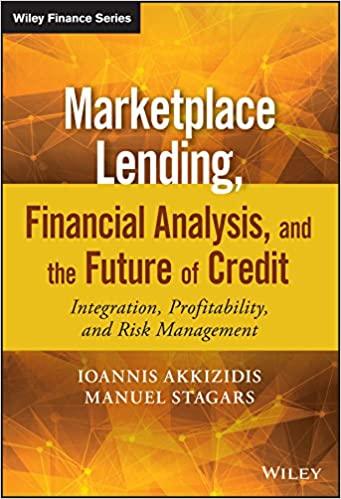
An economist wishes to estimate the following time series model: q=0+ 1y+P + 3p+yn+u where q is the volume of food consumption, y real disposable income, p an index for the price of food, p an index of all other prices and n stands for population. All variables are in logarithms. The economist knows that the correlation between p and p2 is 0.95, and between y and n is 0.93, and decides that the model above suffers from multicollinearity. The economist decides to consult for advice: Colleague A suggests dropping all variables with t-statistics less than 2 Colleague B says that multicollinearity results from too little data variation and suggests pooling the aggregate time series data with a cross-section budget survey on food consumption. Colleague C recommends to reduce the amount of information that the economist is asking from the data by imposing restrictions a +03 = 0 and 1-0+0=0 which are suggested by economic theory Colleague D argues that multicollinearity will be reduced by replacing the original model by: Z = Bo + BZ+ B Z3+ B3Z + U where Z = q -n, Z = y n, Z3 = P - P2, Z = P, because in the above the correlations between the right hand side variables are lower. Colleague E says that adding lagged values of q to the equation will reduce multicollinearity since it is known that is has a significant effect on food consumption. (a) Is the economist correct in being sure that the model will necessarily suffer from multicollinearity? How would you diagnose multicollinearity? (b) Suppose that multicollinearity were a problem in this case. Comment on the appropriateness of each of the suggestions made above. An economist wishes to estimate the following time series model: q=0+ 1y+P + 3p+yn+u where q is the volume of food consumption, y real disposable income, p an index for the price of food, p an index of all other prices and n stands for population. All variables are in logarithms. The economist knows that the correlation between p and p2 is 0.95, and between y and n is 0.93, and decides that the model above suffers from multicollinearity. The economist decides to consult for advice: Colleague A suggests dropping all variables with t-statistics less than 2 Colleague B says that multicollinearity results from too little data variation and suggests pooling the aggregate time series data with a cross-section budget survey on food consumption. Colleague C recommends to reduce the amount of information that the economist is asking from the data by imposing restrictions a +03 = 0 and 1-0+0=0 which are suggested by economic theory Colleague D argues that multicollinearity will be reduced by replacing the original model by: Z = Bo + BZ+ B Z3+ B3Z + U where Z = q -n, Z = y n, Z3 = P - P2, Z = P, because in the above the correlations between the right hand side variables are lower. Colleague E says that adding lagged values of q to the equation will reduce multicollinearity since it is known that is has a significant effect on food consumption. (a) Is the economist correct in being sure that the model will necessarily suffer from multicollinearity? How would you diagnose multicollinearity? (b) Suppose that multicollinearity were a problem in this case. Comment on the appropriateness of each of the suggestions made above







